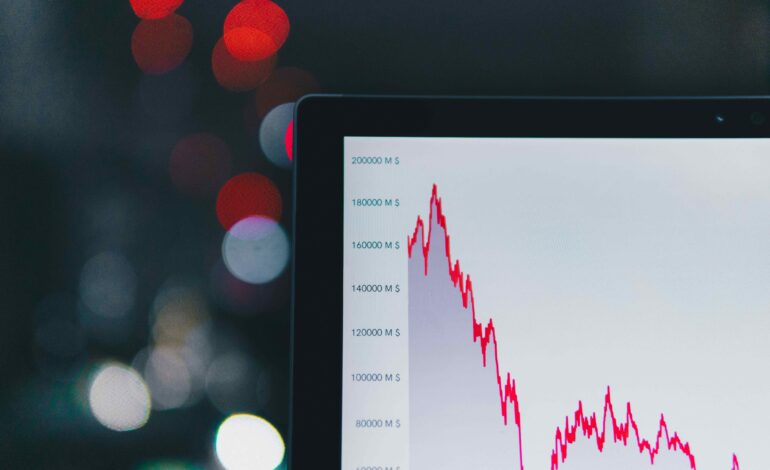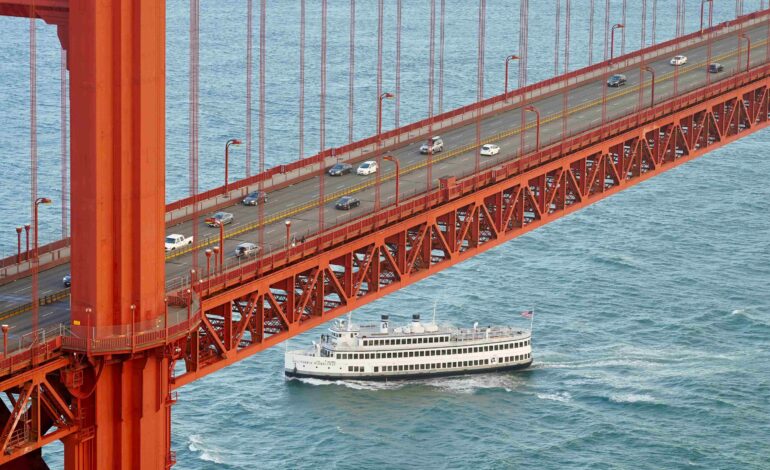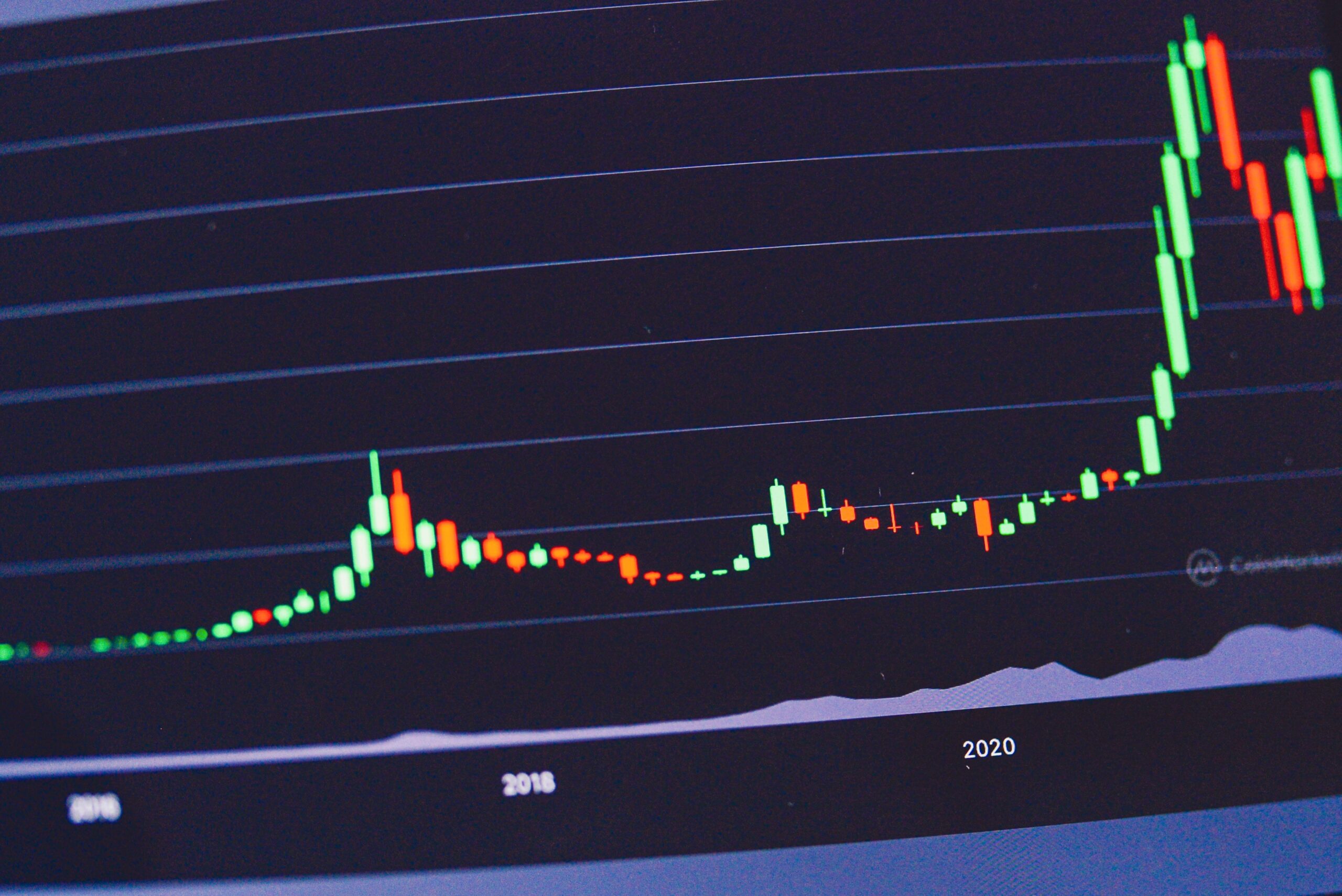
Impact of Carbon Pricing and Taxation on Bunker Fuel Procurement
As the world confronts the growing challenge of climate change, the maritime industry, a significant contributor to global greenhouse gas emissions, is under increasing pressure to reduce its environmental footprint. Bunker fuel, which powers the vast majority of global shipping vessels, has long been a focus of regulatory scrutiny due to its high carbon content. In response, many governments and international bodies are introducing carbon pricing mechanisms and taxes as part of their strategy to curb emissions. These measures are transforming the way bunker fuel is procured, with significant implications for the shipping industry.
This article explores the impact of carbon pricing and taxation on bunker fuel procurement, delving into the mechanisms of carbon pricing, the effects on fuel costs, the challenges and opportunities for shipping companies, and the potential long-term implications for the maritime fuel market.
Carbon Pricing Mechanisms and Maritime Emissions
Carbon pricing is a market-based strategy that aims to reduce carbon emissions by assigning a cost to the emission of CO2. There are two primary forms of carbon pricing: carbon taxes and cap-and-trade systems (also known as emissions trading systems or ETS). Both mechanisms incentivize the reduction of greenhouse gas emissions by increasing the cost of emitting carbon, thereby motivating businesses to invest in cleaner technologies and fuel alternatives.
- Carbon Tax: A carbon tax imposes a fixed price on each ton of CO2 emitted. This direct tax increases the cost of carbon-intensive fuels, including bunker fuel, making it more expensive for shipping companies to operate their vessels using traditional marine fuels such as heavy fuel oil (HFO) or marine gas oil (MGO). The higher costs create financial incentives to reduce emissions by shifting to cleaner fuels or improving fuel efficiency.
- Emissions Trading System (ETS): Under an ETS, a cap is set on total emissions, and companies are allocated or auctioned a certain number of emission permits (also known as allowances). If a company emits more than its allocated amount, it must purchase additional allowances from companies that have lower emissions. This creates a market for carbon credits and allows the price of carbon to fluctuate based on supply and demand. For the maritime industry, being integrated into an ETS, such as the EU Emissions Trading System, could result in higher operational costs for companies that rely on high-emission fuels.
The International Maritime Organization (IMO) is considering including the shipping industry in a global carbon pricing framework, which would further influence bunker fuel procurement on a worldwide scale. While carbon pricing mechanisms are still evolving, their potential impact on the bunker fuel market is becoming clearer.
Impact on Bunker Fuel Costs and Procurement
The introduction of carbon pricing and taxation has a direct and noticeable effect on the price of bunker fuel. Shipping companies are seeing higher fuel costs as a result of the taxes or emissions trading allowances that apply to their fuel consumption.
- Increased Fuel Prices: The primary and immediate impact of carbon pricing is the increase in the cost of carbon-intensive bunker fuels. As the price of carbon emissions rises due to taxes or the cost of purchasing allowances in an ETS, the price of traditional fuels like HFO, LSFO (low-sulfur fuel oil), and MGO also rises. Shipping companies will face higher operating costs, which can be significant given that fuel often represents 50-60% of a vessel’s operating expenses. These increased costs put pressure on the profitability of shipping companies, especially those with large fleets or those that operate on low margins.
- Fuel Substitution and Shift to Alternative Fuels: One of the most significant impacts of carbon pricing is the economic incentive for shipping companies to switch to lower-carbon alternatives. This could include the use of LNG (liquefied natural gas), biofuels, methanol, hydrogen, or ammonia as bunker fuels. These alternatives generally have a lower carbon footprint compared to traditional bunker fuels. However, the adoption of such fuels requires considerable investment in new technologies, infrastructure, and regulatory compliance, which can add to procurement complexity.
- LNG is seen as a cleaner alternative to traditional bunker fuels, reducing CO2 emissions by up to 20% and eliminating sulfur emissions entirely. However, LNG infrastructure is still limited, and the initial cost of transitioning to LNG-powered vessels can be prohibitive.
- Biofuels are renewable and can be used in existing engines, making them an attractive option. However, biofuels are still more expensive than traditional fuels and face supply limitations.
- Methanol and ammonia are emerging alternatives that promise zero-carbon emissions when produced from renewable sources. However, their widespread use is still in its infancy, and challenges related to fuel availability, safety, and engine compatibility remain.
- Fuel Procurement Flexibility: As carbon pricing increases the price of conventional fuels, shipping companies may seek greater flexibility in their bunker fuel procurement strategies. This could involve a mix of long-term contracts and spot market purchases to manage costs. For instance, long-term contracts may be less sensitive to short-term price fluctuations, while spot market purchases allow companies to take advantage of lower prices when available.Shipping companies may also diversify their fuel supply sources, securing contracts with multiple suppliers to access alternative fuels like LNG or biofuels. This diversification can help mitigate the risks associated with fluctuating prices in a carbon-priced environment.
Challenges for Shipping Companies
While carbon pricing and taxation provide strong incentives to reduce emissions, they also present several challenges for shipping companies involved in bunker fuel procurement:
- Increased Operational Costs: The most immediate challenge is the increase in fuel costs due to carbon taxes or the need to purchase emission allowances. Companies that rely heavily on high-sulfur fuels may face financial strain as the cost of carbon increases. This will be especially challenging for small and medium-sized shipping companies that have limited resources to absorb these cost increases.
- Compliance and Regulatory Complexity: As carbon pricing mechanisms and environmental regulations become more widespread, shipping companies will need to stay abreast of evolving compliance requirements. Different regions may have different carbon pricing systems, creating complexity in fuel procurement and increasing the risk of non-compliance. For example, the European Union has introduced an ETS for the maritime sector, and similar schemes may be adopted by other regions in the future.
- Investment in New Technologies: To transition to lower-carbon fuels, shipping companies may need to invest in new technologies, such as retrofitting ships with LNG engines or installing scrubbers to comply with sulfur regulations. These investments are capital-intensive and may take years to yield a return on investment. Furthermore, the availability and scalability of alternative fuels remain uncertain, adding an additional layer of risk for companies considering this transition.
- Supply Chain and Infrastructure Constraints: The global supply chain for alternative fuels is still developing. Limited infrastructure for LNG and other alternative fuels at key ports presents a challenge for companies looking to transition away from traditional bunker fuels. The availability and consistency of alternative fuels at a competitive price will be a crucial factor in determining how quickly and effectively shipping companies can make the shift.
Opportunities for Shipping Companies
Despite the challenges, carbon pricing and taxation also present opportunities for shipping companies to enhance their competitiveness:
- Innovation and Technological Leadership: Shipping companies that are early adopters of alternative fuels and innovative technologies will be positioned as leaders in sustainability. These companies may benefit from incentives, such as tax breaks, subsidies, or preferential treatment in regulations, which could help offset some of the additional costs associated with transitioning to low-carbon fuels.
- Long-Term Cost Reduction: While the initial investment in alternative fuels or cleaner technologies may be high, the long-term savings in fuel costs and emissions-related penalties can make such investments financially viable. By adopting cleaner fuels, shipping companies can future-proof their operations, ensuring that they remain competitive in a decarbonized world.
- Enhanced Reputation and Market Access: With increasing demand for sustainable practices in global trade, companies that can demonstrate a commitment to reducing their carbon footprint will be more attractive to customers, investors, and stakeholders. Sustainability credentials can provide a competitive edge in a market that increasingly values environmental responsibility.
Conclusion
Carbon pricing and taxation are reshaping the bunker fuel procurement landscape by increasing the cost of traditional fuels and incentivizing the adoption of cleaner alternatives. While shipping companies face challenges such as increased operational costs, regulatory complexity, and the need for significant investments in new technologies, there are also significant opportunities to enhance competitiveness, reduce long-term fuel costs, and improve sustainability. By adapting to these changes, the maritime industry can contribute to the global effort to combat climate change while ensuring that shipping remains a vital component of global trade. As carbon pricing continues to evolve, the industry’s ability to innovate and transition to low-carbon fuels will be critical in navigating the challenges and capitalizing on the opportunities ahead.





